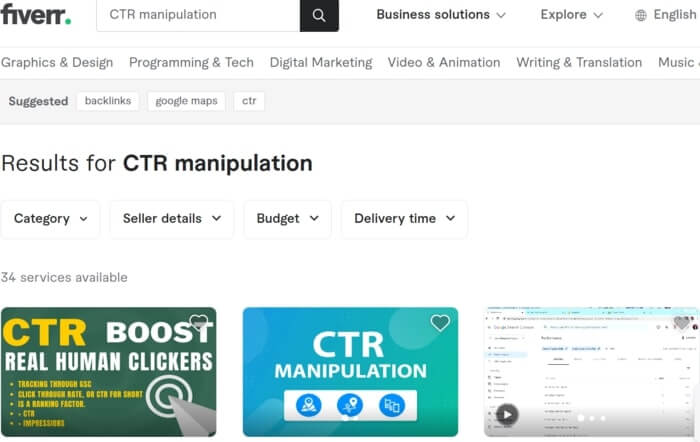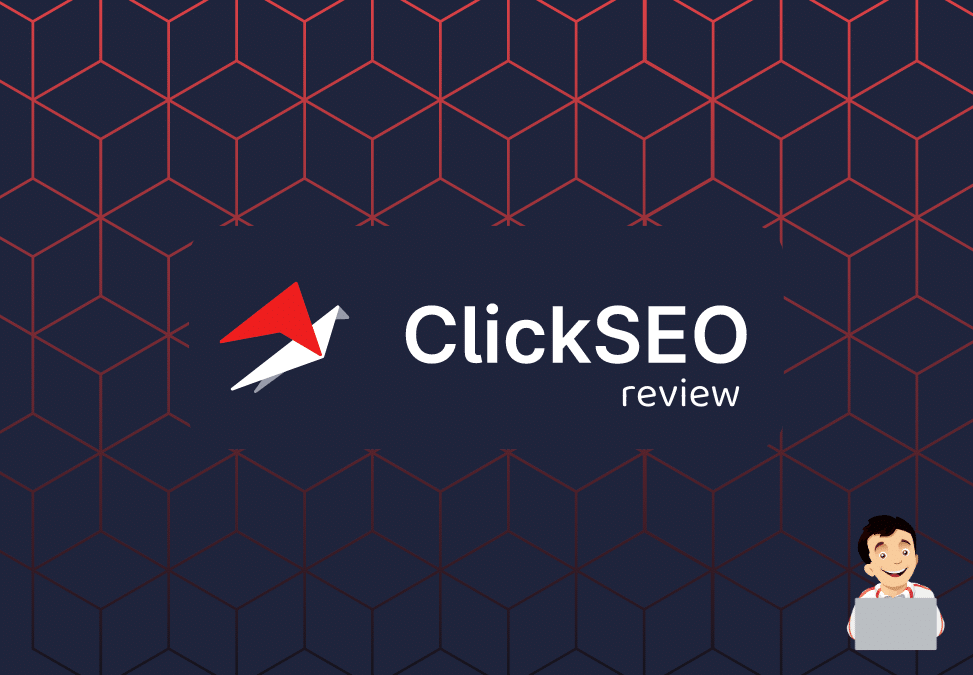Maximize Your Online Impact with LinkDaddy CTR Manipulation Solutions
Maximize Your Online Impact with LinkDaddy CTR Manipulation Solutions
Blog Article
Optimizing Organic Click-Through Rates With CTR Control
The optimization of organic click-through rates (CTR) is a nuanced endeavor that hinges on comprehending both individual psychology and efficient material presentation. The landscape is rife with misunderstandings and oversimplifications regarding what really drives CTR.
Comprehending Click-Through Fees
Comprehending click-through prices (CTR) is necessary for reviewing the effectiveness of internet marketing approaches. CTR gauges the percent of users who click a particular link or ad compared to the complete variety of users who view it. A higher CTR shows that the web content is involving and appropriate to the target market, while a reduced CTR might signify a demand for optimization.
To determine CTR, divide the number of clicks by the variety of impressions and increase by 100. For instance, if an advertisement obtains 300 clicks out of 10,000 impressions, the CTR would certainly be 3%. This metric is critical for examining different elements of electronic marketing, consisting of search engine optimization (SEARCH ENGINE OPTIMIZATION), email projects, and social media advertising.
Moreover, examining CTR aids marketing experts determine which approaches yield the most effective results and which need improvement. By focusing on boosting CTR, services can boost their material's presence and efficacy, bring about raised traffic and possible conversions. Comprehending the subtleties of CTR is fundamental for any marketing expert aiming to enhance their on-line visibility and optimize roi (ROI)

The Psychology of Individual Behavior
User actions is dramatically affected by mental elements that dictate just how people communicate with online web content. Recognizing these elements is important for optimizing click-through prices (CTR) in natural search results. Cognitive predispositions, such as the anchoring impact, play an essential role fit customers' understandings. When users run into info, their initial impacts can heavily influence their succeeding judgments about importance and integrity.
Emotional feedbacks likewise significantly impact customer behavior. Web content that reverberates mentally can set off a feeling of necessity or interest, prompting individuals to click. In addition, social proof-- such as user evaluations or ratings-- can improve trust and urge engagement, as individuals commonly want to the habits of others to educate their very own decisions.
Furthermore, the principle of shortage can drive clicks - GMB CTR Manipulation. Limited-time deals or unique web content develop a fear of losing out (FOMO), compelling individuals to act rapidly. Comprehending these emotional drivers enables marketing experts to develop more engaging web content that reverberates with their target audience
Efficient CTR Adjustment Strategies
Leveraging mental understandings can substantially improve click-through rates (CTR) with targeted control techniques. One of the most reliable approaches is the usage of engaging headlines that evoke curiosity or necessity. Wording titles as concerns or integrating numbers can draw in more focus, motivating individuals to click.
One more method involves optimizing meta summaries to produce a sense of relevance and immediacy. By plainly outlining the advantages or options provided in the content, you can involve possible viewers and encourage them to click. In addition, making use of power words-- such as "unique," "verified," or "complimentary"-- can improve the charm of your material.
Visual aspects likewise play a critical role. Incorporating appealing pictures or thumbnails can draw users in and improve CTR. A/B screening various visuals can assist determine which pictures reverberate ideal with your audience.
Lastly, guaranteeing that your content promises deliverable worth brings about greater CTR. When customers view that clicking will offer them with significant insights or remedies, they are a lot more likely to involve. By using these techniques attentively, marketing experts can successfully manipulate CTR to their benefit while maintaining honest criteria.
Common Misconceptions Regarding CTR
A number of false impressions surround click-through prices (CTR) that can lead marketing professionals to make misguided choices. While a high CTR recommends that even more users are clicking, it does not guarantee conversions or sales.
Another common idea is that CTR is a separated metric. In truth, CTR ought to discover this be assessed combined with other efficiency signs, such as bounce rate and conversion rate, to obtain an all natural view of campaign success.
In addition, some marketing experts assume that maximizing for CTR alone suffices. Nevertheless, focusing specifically on CTR can cause clickbait strategies that might draw in clicks however fail to involve users meaningfully. This technique can harm brand name credibility and outcome in reduced retention prices
Finally, there is a notion that CTR approaches have a peek at this website are widely reliable. The reality is that optimum CTR strategies can differ considerably throughout markets and target market, requiring customized methods for various market segments. Comprehending these myths is critical for establishing reliable CTR techniques that straighten with overarching marketing objectives.
Measuring CTR Success
Although high click-through rates (CTR) can show successful involvement with content, gauging their true success needs a thorough analysis of a number of variables. Initially, it is necessary to comprehend the context in which the CTR is attained. For example, a high CTR on a deceptive title may not equate to meaningful interaction or conversions, ultimately reflecting improperly on the brand name's trustworthiness.
Second, assessing the source of web traffic is important. Organic website traffic from online search engine can symbolize a durable material method, while clicks from pointless resources might suggest a lack of targeting. Furthermore, measuring the subsequent user behavior is essential; examining metrics such as bounce price, time invested on page, and conversion prices can offer deeper understandings into the top quality of the engagement initiated by the CTR.

Verdict

The optimization of natural click-through prices (CTR) is a nuanced venture that pivots on recognizing both individual psychology and effective content presentation. CTR gauges the portion of users that click on view website a certain link or ad contrasted to the overall number of users that see it. A higher CTR indicates that the material is engaging and appropriate to the target audience, while a reduced CTR may indicate a demand for optimization.
Focusing solely on CTR can lead to clickbait methods that may draw in clicks yet fail to involve customers meaningfully. Additionally, determining the succeeding user habits is essential; evaluating metrics such as bounce price, time spent on page, and conversion prices can provide deeper understandings into the top quality of the engagement started by the CTR.
Report this page